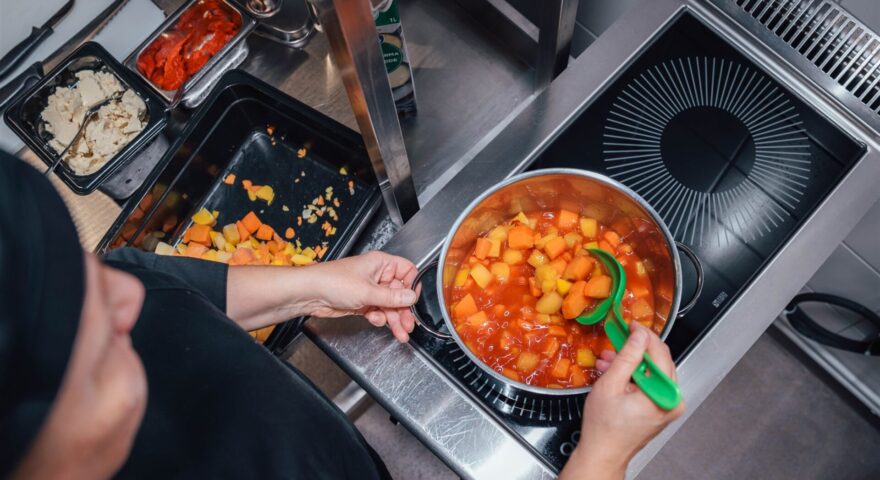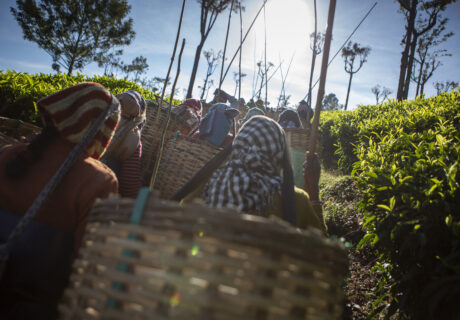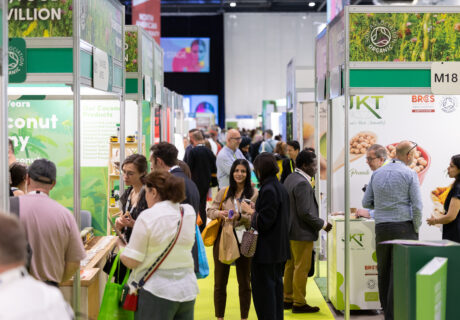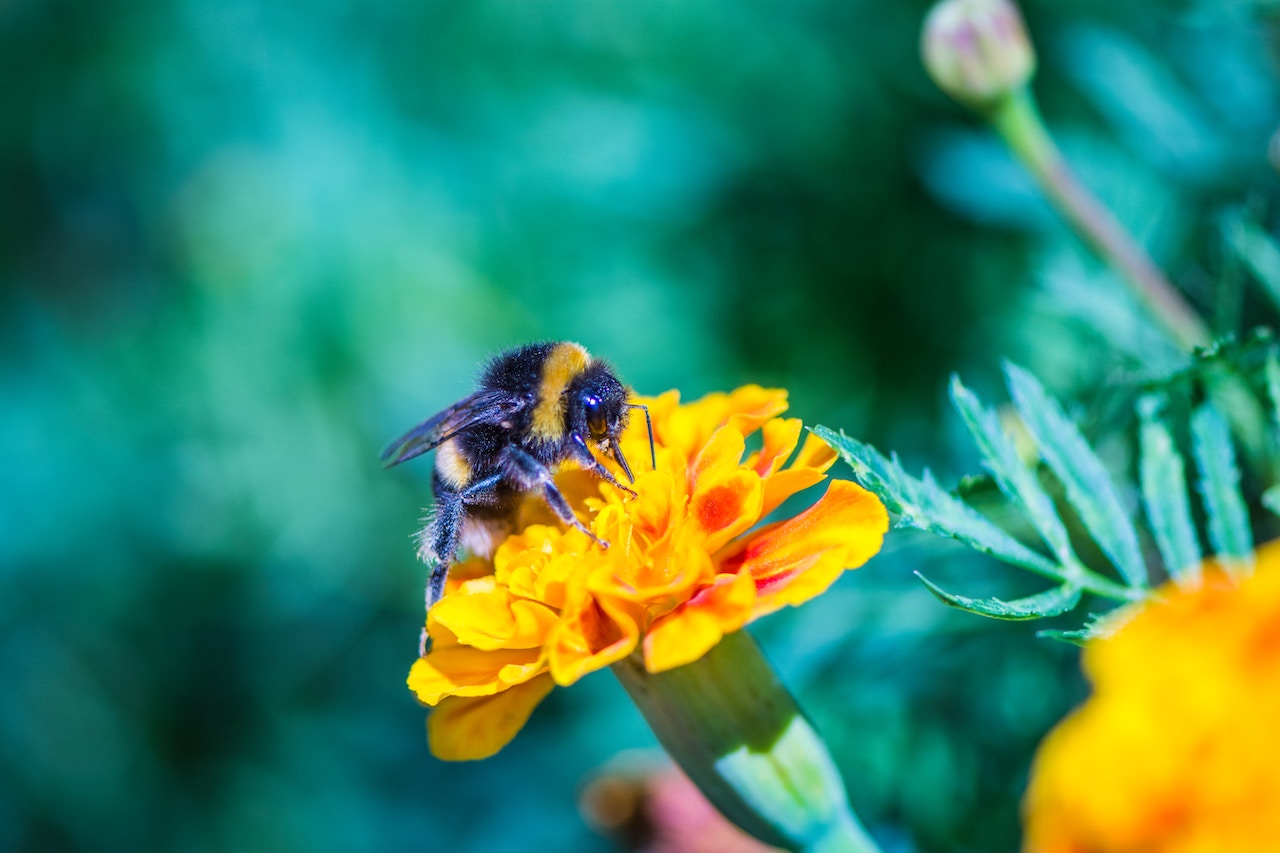According to statistics, 2024 did not differ significantly from the previous year in terms of organic, and the highlight of the year was the designation of South Savo as the best organic region in the EU. The organic market has not yet started to grow again, but the decrease in organic farms and organic arable land that began the previous year slowed down. The use of organic in professional kitchens can still be seen in a positive direction for growth. The Organic in Finland compilation brings together public organic statistics.
Skim organic milk is already being drunk in kindergartens and schools in almost a hundred municipalities
The use of organic food in public kitchens is increasing, and according to a survey conducted in 2024, up to 63% of public kitchens reported using at least one organic product daily. The most popular organic products in public kitchens are cereals and milk. The EU supports the use of organic milk in public kitchens with increased school distribution subsidies.
According to statistics from the Finnish Food Authority, a total of 3.1 million liters of skim organic milk were drunk in daycare centers and schools in the 2023–2024 school year. Of all subsidized milk for school distribution, the share of organic milk rose to 28%. Organic milk is already offered to children and young people in 99 municipalities. Organic vegetables also have a place in school kitchens: 16,000 kilograms of organic vegetables were eaten during the school year, and their share of all subsidized vegetables in school distribution was 0.8%. Organic bananas and carrots were offered most often in daycare centers and schools.
The amount of school distribution subsidy for non-fat organic milk fortified with vitamin D is double that of conventional milk, but for vegetables, the subsidy for organic is not significantly higher than conventional. The increased school distribution subsidy for organic milk has been in place since 2017, and has significantly increased the use of organic milk.
The organic market has not yet taken off
In 2024, rising food prices and consumers’ confidence in their own finances continued to have a strong impact on the organic grocery market. According to Pro Luomu’s estimate, organic products were sold in the grocery store for 335 million euros, a 5% decrease from the previous year. Organic products accounted for approximately 1.8% of total grocery store sales.
The total value of organic sales was particularly affected by the decline in sales of large organic product groups, such as milk and other dairy products, and fruit and vegetables. However, there are also some increases, for example, the market share of organic baby food increased to a record 25% of sales value.
13.9% of Finland’s arable land is used for organic production
In 2024, the area of organic crops in Finland remained almost the same as the year before, at 309,487 hectares. A total of 143 million kilograms of organic grains were produced, accounting for 4% of the entire Finnish grain harvest.
The number of hectares of organic farmland at the provincial level did not see such large drops as a year earlier: in six provinces, the area of organic farmland remained the same or increased slightly, while a year earlier the share of organic farmland decreased in all provinces except Lapland and Kymenlaakso. In terms of quantity, the largest amount of organic farmland was in Northern Ostrobothnia (37,986 ha) and Southwest Finland (35,180 ha).
The largest share of organically cultivated arable land was again in North Karelia, where 25% of the entire arable land in the province was under organic production. In a total of nine provinces, the share of organic arable land in the entire arable land in the province increased compared to the previous year.
The size of organic farms continues to grow
There were 3,995 organic farms in Finland, which is about 10% of all farms in Finland. The largest number of organic farms was in Pirkanmaa (454), South Ostrobothnia (408) and Southwest Finland (400). The farm size of organic farms continued to grow for the ninth year in a row, averaging 77.5 hectares, which is significantly larger than the average size of all farms in Finland (55 ha).
The farms and hectares of different production sectors are divided into different regions in Finland. The largest number of organic livestock farms was in North Ostrobothnia (108) and South Ostrobothnia (101). The largest organic grain production areas (rye, wheat, barley, oats) were concentrated in Southwest Finland (8,761 ha) and Uusimaa (7,685 ha). In horticulture, the most cultivated organic vegetable in terms of kilograms was organic carrots (yield approximately 2.5 million kilograms), the production area of which was largest in Ostrobothnia (32.4 ha) and in South Savo, which was also awarded the title of the best organic region in Europe (13.5 ha). The award was the first recognition received by Finland from an EU organic competition. The EU organic awards aim to recognize excellent work throughout the organic value chain and highlight the best and most innovative organic operators in the EU.
Check out the Organic in Finland 2024 summary!
More information:
Aura Lamminparras, Executive Director, Pro Luomu ry, tel. 040 556 8097, [email protected]
The Organic in Finland 2024 compilation published by Pro Luomu summarizes the results of public organic statistics and the latest surveys exploring the organic sector. The compilation’s information comes from, among other things, statistics from the Finnish Food Authority and the Natural Resources Institute Finland, as well as studies and reports commissioned by Pro Luomu.
The Organic in Finland 2024 compilation was produced by the Networks Power for Collaboration – Food Sector Coordination project, which is funded by the Ministry of Agriculture and Forestry.


The post Luomulla tasainen vuosi – juhlan aiheina EU:n luomukisan voitto ja julkisten keittiöiden kasvanut luomun käyttö appeared first on Pro Luomu.





